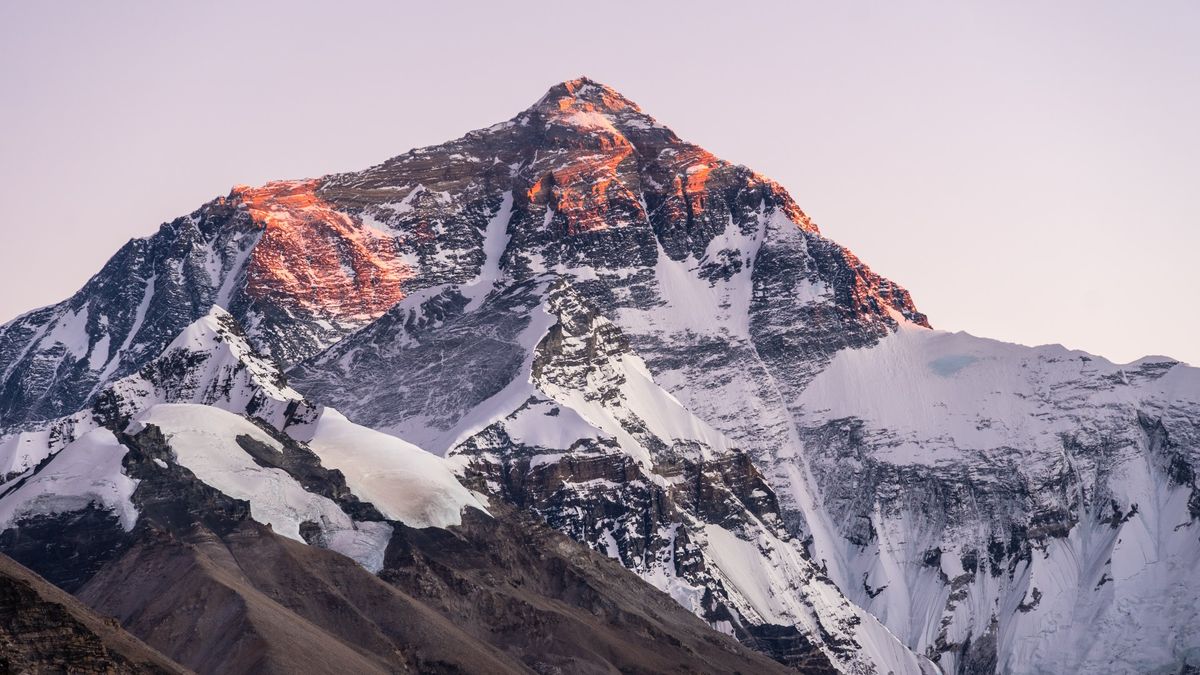
Deep under the Earth, mountains with greatest peaks that are three to four times larger than Mount Everest have been found, according to scientists. Experts have discovered these incredibly large “mountains” at the boundary between the core and mantle, located approximately 2,900 kilometres away, using seismology facilities in Antarctica. These enormous underground mountain ranges, known as ultra-low velocity zones (ULVZ), had evaded scientists’ notice for years until earthquakes and atomic explosions produced enough seismic data for them to notice them, according to the BBC.
Mount Everest is around 5.5 miles high (8.8 kilometres) from the surface, while the underground mountains are said to be over 24 miles (38 kilometres) in height
To make sense of how big these mountains are, Mount Everest is around 5.5 miles high (8.8 kilometres) from the surface, while the underground mountains are said to be over 24 miles (38 kilometres) in height. “Analysing 1000’s of seismic recordings from Antarctica, our high-definition imaging method found thin anomalous zones of material at the CMB [core-mantle boundary] everywhere we probed,” Arizona State University geophysicist Edward Garnero said in a statement. “The material’s thickness varies from a few kilometres to 10’s kilometres. This suggests we are seeing mountains on the core, in some places up to 5 times taller than Mt. Everest.”
The scientists propose that the oceanic crusts that formed these ancient structures were pushed towards the interior of the Earth. They think that it might have started as tectonic plates sank to the boundary between the core and the mantle of the Earth. These then gradually grew into a variety of buildings, leaving behind a trail of both mountains and blobs. This would imply that both are composed of old marine crust. a mixture of basalt rock and seafloor sediments, however, altered by extreme heat and pressure.
The study makes the case that these subterranean peaks might be extremely important in the process through which heat leaves the Earth’s core. The core is what creates the Earth’s magnetic field, and during volcanic eruptions, some of the core’s material may even be ejected up to the surface. “Seismic investigations, such as ours, provide the highest resolution imaging of the interior structure of our planet, and we are finding that this structure is vastly more complicated than once thought,” study co-author and University of Alabama geoscientist Samantha Hansen said in a statement. “Our research provides important connections between shallow and deep Earth structure and the overall processes driving our planet.”
